
Jane is a naturalist, photographer and nature writer living in Dorset. Her work has appeared in books, anthologies and blogs for charities such as The Wildlife Trusts and the International Bee Research Association. When she’s not exploring Dorset’s lanes and countryside she can be found lying on her stomach watching insects in her garden. Jane’s entry for this blog’s Lockdown Nature-writing challenge was shortlisted and can be found by clicking here. Jane is currently studying for an MA in Travel and Nature Writing at Bath Spa University and can be found: www.janevadams.com and on Twitter @WildlifeStuff
On the basis of Jane’s entry in the Lockdown Nature-writing Challenge, and a couple of guest blogs she has written for this site since (Weevils and Wool-carder Bee) I have persuaded Jane to write a monthly article to appear on the last Saturday of the month. June’s article was on Stag Beetles, July’s was about her unmown lawn and lockdown, August’s was about Devil’s-bit scabious, September’s about Ivy Bees and and here is October’s…
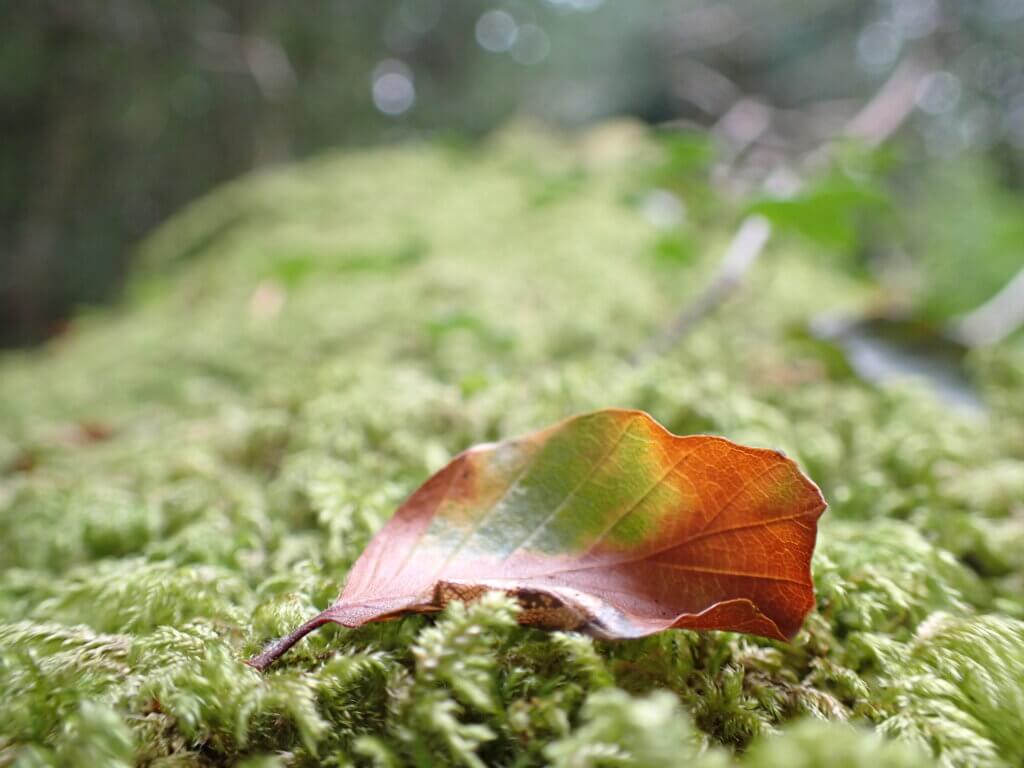
The smells in nature; the good, the bad and the ugly
We often forget about our sense of smell when we are in nature but are we missing out on an exceptional sensory experience?
For as long as I can remember I’ve navigated the natural world with my nose. Some who know me may not be surprised by this, as I have quite a defined snout, but whereas many people describe their wildlife encounters in terms of how it looked, and possibly how it sounded, my overwhelming sense is how it smelt.
When I was seven, and living in London’s northern suburbs, my first semi-wild encounter was with an escaped ferret. As it flowed up the garden path on a winter’s afternoon, pushing its whiskered nose behind plant pots and into watering cans, I begged my mum for some meaty offcuts so that I could entice it nearer to the house.
After carefully removing the scraps of gristle with its razor sharp teeth it disappeared through a hole in the fence. Determined to get closer to this garden apparition I lay on the ground, my head close to the hole, before closing my eyes and taking a deep breath.
For me, musk, mingled with the smell of next door’s rotting compost, will forever be the smell of happiness, childhood and ferret.
The biology of smell
So what is it that makes the things we smell in nature so emotive and memorable? It seems the answer lies in our brain.
Psychologist, Rachel Herz, gives a fascinating explanation in her article Ah, sweet skunk! Why we like or dislike what we smell (1), of how we, as humans, process smell.
From odours alighting on the olfactory receptors in our nose and converting to electrical impulses, to these impulses then moving to the areas of our brain that process the ‘expression and experience of emotion’ (the amygdala) and ‘associative memory’ (the hippocampus), this process is unique, when compared to our other senses.
As Herz explains, this pathway is ‘more direct than the connections between these brain areas and any other sense’. This possibly accounts for why memory and emotion are so associated with smell, and also why we experience other senses, such as seeing and hearing, so differently.
How do we smell? Awful?
I’d always presumed humans had a pretty poor sense of smell when compared to other animals. However, this may not be true. In a review in Science (2), neuroscientist John McGann, argues that although a dog may be able to smell more scents than humans, and have double the number of smell receptors, both dogs and humans smell a banana as well as each other.
In fact he found that although humans may have fewer receptors we are actually better at detecting some odours than dogs and rodents.
Although our ability to smell obviously differs between species and people, some of us can smell the first hint of a gas leak. This was never highlighted more than when super-smeller, Joy Milne, hit the headlines a few years ago for smelling Parkinson’s.
Joy had noticed a distinctive scent on her husband six years before he was diagnosed with the disease, and research proved that she could pick out the smell in blind tests. This discovery has raised hopes for the development of a Parkinson’s diagnostic test (3).
Other human super-smellers have been able to detect Lyme Disease, breast cancer, even Alzheimer’s. Maybe research in the future will have us stepping out of the shadows when it comes to our ability to differentiate, and describe, smells.
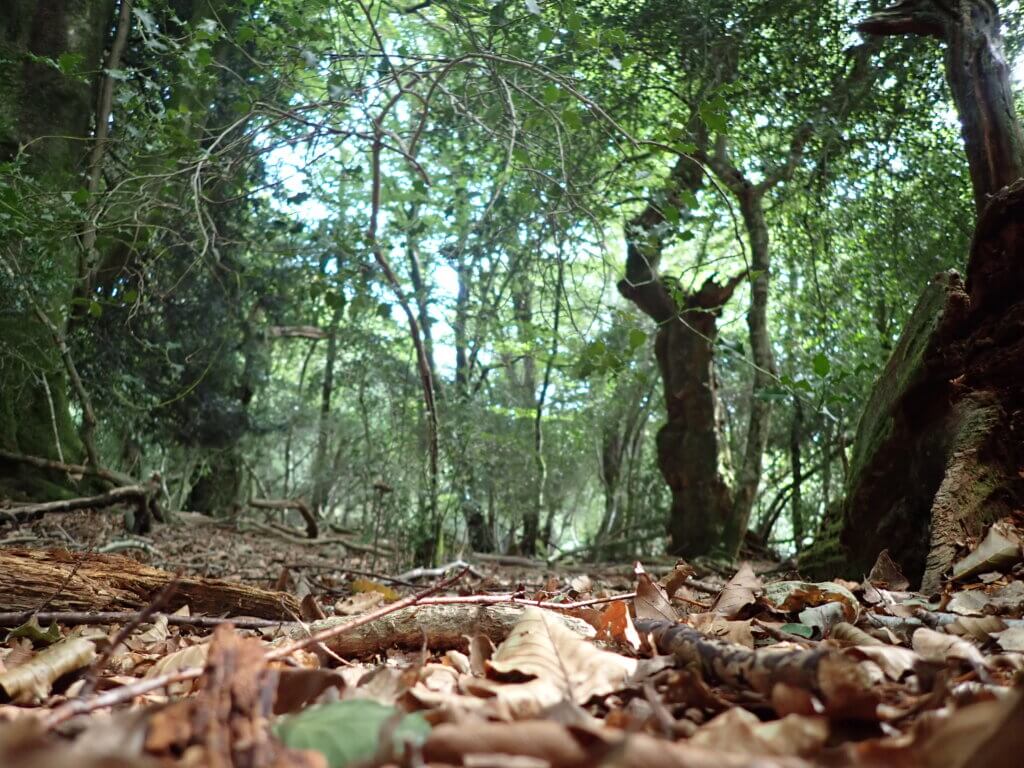
Are smells of nature good for us?
A lot has been written about the benefits of nature to our wellbeing, especially over the last six months, and I think aromas in nature play an important part in this discussion.
With our sense of smell so closely linked to the emotional part of our brain, it’s believed that although the healing power of aromatherapy is likely to be a learned response, rather than a pharmacological(1) one, in the end does it matter? If the smell of lavender helps you sleep, and the smell of lemon peps you up – what a great natural remedy.
Even the NHS has cottoned on to its possibilities. A walk in a scented bluebell wood or park rarely did anyone any harm, so if it can help to reduce blood pressure, gives you some exercise you wouldn’t otherwise have had, and helps your mental health, it’s no wonder doctors are now starting to prescribe(4) spending time in the great outdoors. Smell, and an appreciation of smells in nature, can surely become an important part of this self-healing therapy.
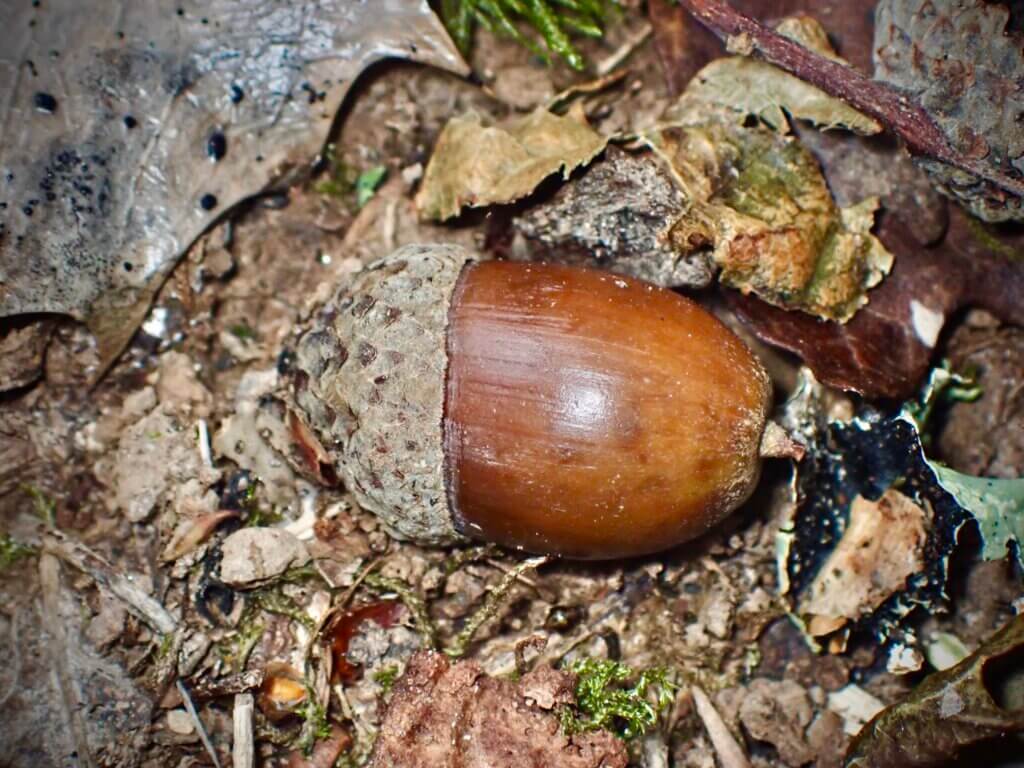
The Good (smells)
There’s no doubt smell plays a significant role in our lives, but is the ability to distinguish good from bad smells, and possibly harmless from dangerous, something we are born with?
This is certainly true in other animals. Mice, who have never met a cat, still react fearfully to their smell, but humans seem to be different. As generalists and top predators, research(1) seems to suggest we haven’t needed an innate understanding of scents. With such an enormous range of foods to choose from we learn from experience what is good and what might poison us.
However, there is one scent that feels grounded in the past and possesses a strange innate quality. Petrichor.
The term petrichor, from petra (stone) and ichor (ethereal fluid) was coined in 1964 by two Australian scientists(5) studying the earthy aroma produced when rain falls after a hot, dry spell. The smell is a mixture of plant oils and soil bacteria released when moisture is present.
Although it’s most likely to be smelled when summer rain touches parched soil and foliage – or even on the wind before the rain reaches you – it can also be detected in warm damp woods and when you dig over a fresh patch of soil in the veg patch.
No surprise then that when I headed to Twitter to ask for people’s favourite smell in UK nature, “earthy damp woodlands”, “damp earth after rain”, “wet grass smell after heavy summer rains” and “the smell of earth… newly dug” were so popular.
Although not proven, some scientists now believe that the seemingly universal love of this smell could well be inherited from ancestors who depended on those summer rains. Surely it has to be number one in the top ten smells?
The Bad (in a good way…)
Twenty years ago, on a badger sett surveying course, our slightly eccentric but very knowledgeable tutor encouraged us to poke a stick into a badger latrine and smell the stick. Although this seemed a bit odd at the time I remember her saying, “You need to recognise the sweet smell of badger”.
Ever since I’ve loved the smell of the sweet musky deposits that badgers leave in my garden, every time I smell them it reminds me of that course, and how excited I was to see my first badger in the wild. Or maybe there’s a hint of ferret in the smell.
Whatever the reason for my love of the smell it does make me wonder how many other people love what might be termed ‘socially unacceptable’ or ‘bad’ scents?
Often it’s not something you have much control over. If you love the subject of the smell, or associate it with good memories, it’s likely your olfactory emotional response is riding roughshod over the acceptability of your sensory experience.
Anyone else out there with a penchant for the smell of badger, ferret (and otter) faeces?
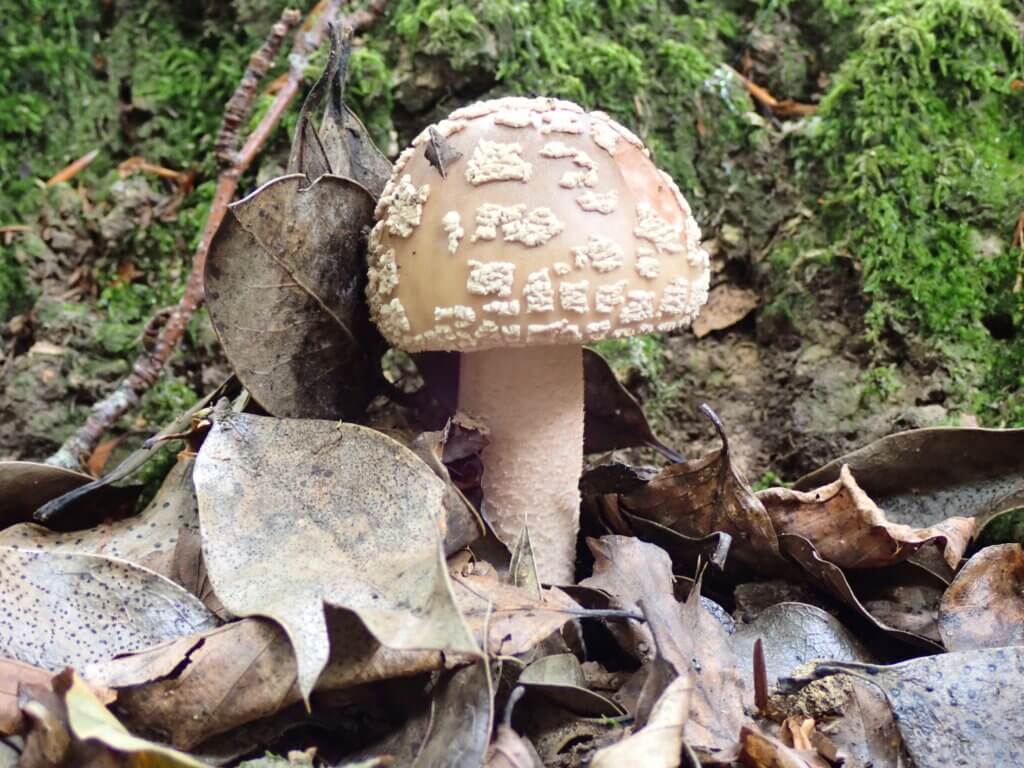
The Ugly (or are they?)
Are there scents in nature that smell awful, to everyone? You would imagine that aromas such as vomit, excrement and dead, rotting carcasses would be universally disliked, but as you’ve already read above our sense of smell can be a fickle and individual thing.
For years scientists throughout the world have been trying to develop a stink bomb that could be used universally to disperse crowds. So far they seem to have failed (1).
It seems even the worst smells, whether due to culture or a learned acceptance, always find favour somewhere.
Wake up and smell the badger shit
Rachel Carson, the American marine biologist, conservationist and author of Silent Spring, wrote, ‘the sense of smell, almost more than any other, has the power to recall memories and it is a pity that we use it so little.’
I agree. Apparently the 24th of April is National Sense of Smell Day, something to look forward to in 2021… but maybe it’s time we paid more attention to ALL our senses, especially when we are in nature.
When was the last time you ran your fingers over the velvet moss on a fallen tree, tasted the menthol of mint or even stuck a stick into some badger shit and had a good old sniff?
Just think of the enduring memories of nature you could be missing out on.
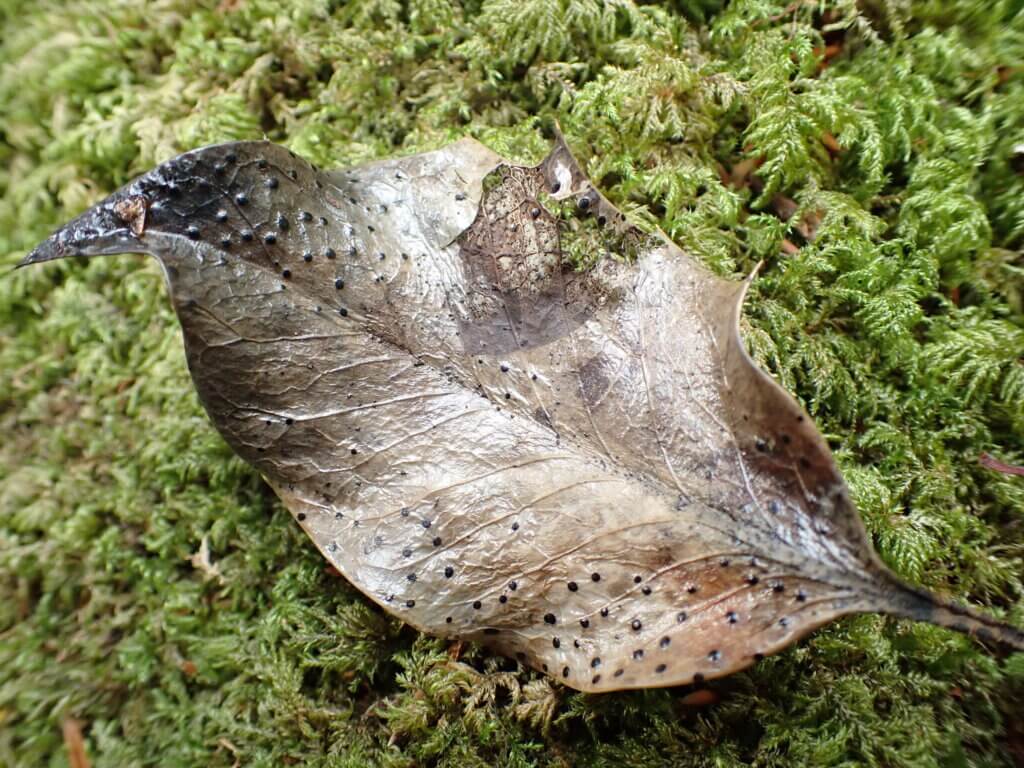
(1) https://www.dana.org/article/ah-sweet-skunk-why-we-like-or-dislike-what-we-smell/
(2) https://science.sciencemag.org/content/356/6338/eaam7263
(3) https://www.parkinsons.org.uk/news/super-smeller-research-moves-us-closer-diagnostic-test-parkinsons
(4) https://www.yahoo.com/lifestyle/nhs-prescriptions-george-eustice-walk-nature-115306399.html
(5) https://www.nature.com/articles/201993a0.epdf
My favourite source of smell in the garden is the bag of leaf mould in the greenhouse. I love roses and honeysuckle but I also enjoy the really foxy smell of crown imperials.
I always think there is something special about the smell of greenhouses. Maybe it’s my happy memories of them as a kid, but I can imagine the combination of leaf mould and the musty smell of the greenhouse is delicious! I’m not sure I’ve smelt a crown imperial, so that is now on my list for next year, but I totally agree with regards to roses and honeysuckle.
Loving these blogs. My wife is chief poo smeller in this household, her favourite being Pine martin. She also loves the smell of damp dog and insists that dog’s paws smell like biscuits.
A summer walk locally was on paths full of pineapple weed, delightful. I love farm smells, though not the locally piggery! And woodsmoke.
Last one, (and also for Mark I guess) a well aged Rioja. Smells like gorse in full bloom.
Ahhh, good to know I’m not alone. I haven’t had the pleasure of sniffing pine marten poo – I wonder if it’s similar to ferret and badger. Any particular biscuit for the dog’s paws? I’ve lived next to a piggery – so I’m with you on that score. Woodsmoke – yes, every time! Does Rioja smell like coconut/vanilla? – I’d never noticed that, I obviously need to drink more of it – to test that theory out.
Wow – this is fascinating stuff Jane! Thanks so much for opening my mind to consider this much neglected sense. I am lucky enough to live in the countryside (a country bumpkin through and through) but I have always been aware of trying to reduce how deeply I breathe if I am in an urban environment, desperately wanting to close down my nasal passages to the absolute minimum and then washing those horrible smells off my body and hair when I get back to my rural retreat.
The unpleasant smells that I recall from childhood are that of Cherry Laurel, that awful invasive non-native, and the rotting flesh of rabbits that had died of myxamatosis. The wonderful ones are wild primroses, sweet vernal grass, wild honeysuckle, bluebells and perhaps best of all cattle.
What lovely smell related memories you have Hilly. Thank you for sharing them. I totally agree with regards to the smell of urban environments. I had to walk to school along the North Circular Road in London when I was a kid, and the smell of the fumes still haunts me. I only have to get a slight sniff of diesel and it turns my stomach.
Smelling fungi is often an important aid to identification and many fungi do smell of all sorts of things from coconut to aniseed and from ‘fresh meal’ (whatever that smells like!) to coal tar and potatoes…..
That’s really interesting Nick. Do any of the really poisonous fungi smell of things that we might associate with ‘bad’ smells? It’s a shame our ancestors didn’t have an innate ability to pick out the safe from the dangerous (or maybe they did, and we’ve lost the ability).